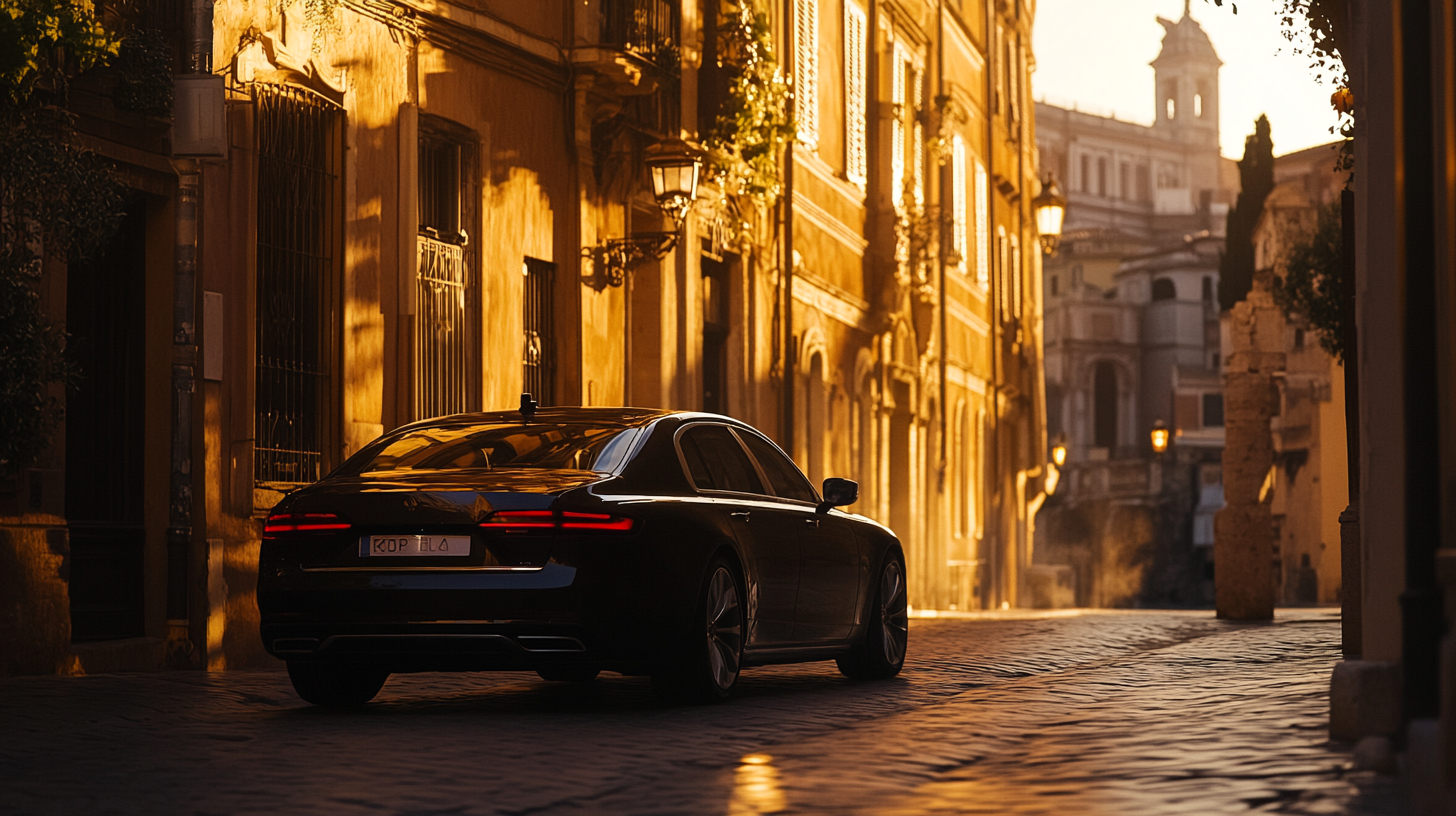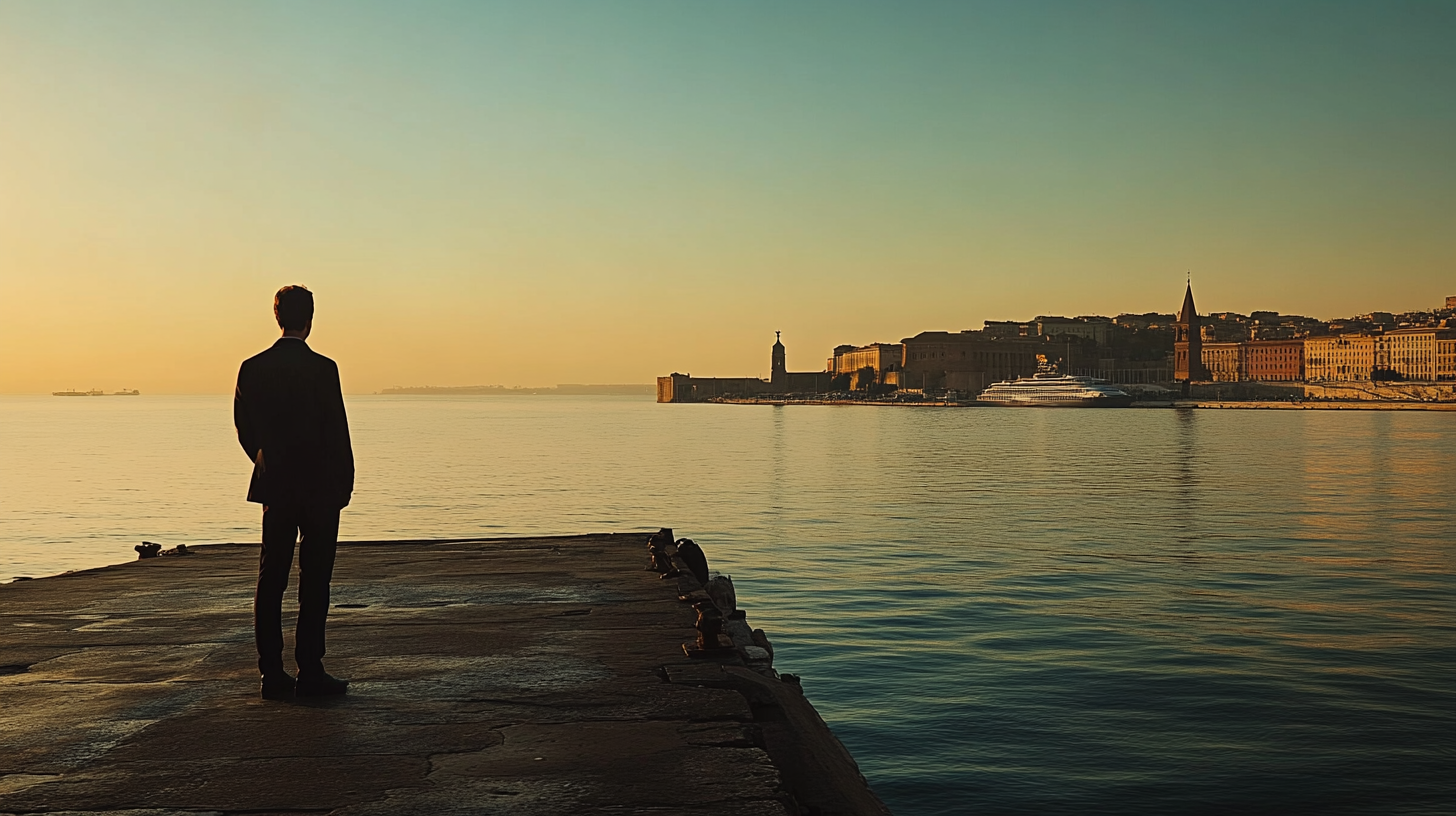Dock to the Eternal City: A Breezy Transfer from Civitavecchia to Rome
Every so often, I find myself stepping off a cruise ship and soaking up the atmosphere in Civitavecchia, a historic port about 37 miles from the heart of Rome. In my own travels, I’ve seen how this place is more than just a pit stop—it’s a threshold to the Eternal City, where a seamless connection can make all the difference. According to industry data, dozens of ships stream into this port even in 2025, meaning time is precious. Whether you’re a spur-of-the-moment day-tripper or planning a more extended stay, you can reach Rome in as little as 43 minutes via train, shuttle, or private car. And yes, a fast commute can be the deciding factor between a rushed tour and a memorable dive into Roman history.
A recent survey suggests that over two million cruisers pass through Civitavecchia annually, and I’m continually impressed by the variety of options available to them. From early-bird train departures to air-conditioned bus rides and luxurious private transfers, there’s something for every travel style. Stick with me as I break down some key routes and share personal insights—hopefully helping you turn what could be a simple port transfer into a highlight of your Italian escapade.
1. Where to Start: Navigating from the Port

When I step off the ship in Civitavecchia, the first thing I look for is the free port shuttle bus. It’s usually waiting just a short walk away, ready to whisk me and plenty of other excited travelers straight to the front gates or the train station. This short ride is a real timesaver, especially when you’re itching to explore Rome’s ancient sites. Though the port area itself has a relaxed coastal charm, in my experience, most cruisers are in a hurry to snap that perfect Colosseum selfie or marvel at the Vatican before the day is out.
I’ll never forget the time I saw a group of fellow passengers almost miss the shuttle because they were taking photos by the mermaid statue near the pier—a friendly reminder that, while there’s plenty to see right in Civitavecchia, you’ll want to prioritize your day if you plan on hitting the Roman highlights. According to local municipal data, foot traffic at this port is up by roughly 12% over the past five years, so the free shuttle can sometimes fill up on busy mornings. If you’re worried about crowds, my advice is to scout out alternative transport—like splitting a taxi with others—so you’re not left waiting around.
Once you arrive at the front gates or train station, the city of Rome starts to feel tantalizingly close. You can choose from regional trains, express routes, or shuttle buses, and in my experience, each method has its perks. Personally, I prefer a strategy that pairs efficiency with a bit of local flavor; I love chatting to fellow travelers along the way, swapping tips on must-visit trattorias and hidden piazzas.
2. Rail Options for Quick Transfers

If you ask me, the regional train lines are the best option for budget-savvy explorers. Tickets can cost as little as €4.60 (around $5), and trains generally leave at least once every hour. I’ve often used these routes to reach Roma Termini, Trastevere, or even San Pietro station near the Vatican. The ride typically takes about an hour, but the scenery—rolling fields, small towns, and local commuters—offers a great window into Italian life.
There’s also the Civitavecchia Express for visitors looking to shave precious minutes off their travel time. Official timetables show journeys as short as 43 minutes, which can feel like a small miracle when you’re on a tight schedule. I love that this express option stops near top attractions, making it easier to hit the ground running once you reach Rome. The fare is around €15 roundtrip—worth it, in my opinion, if you’re aiming to pack the Vatican, Trevi Fountain, and Pantheon into a single day.
According to a nationwide transportation study from 2024, Italy’s rail system handled nearly 900 million passengers annually, reflecting its vital role for both locals and tourists. In my own experience, the biggest pitfalls lie in navigating the stations themselves. I’ve misread departure boards more than once, so I always double-check signage and listen closely to announcements, which are typically repeated in English. Grab your tickets in advance if you can, or use the Trenitalia app for real-time updates so you’re not caught off-guard by last-minute platform changes.
3. Buses and Shuttles for a Breezy Ride

Sometimes, the thought of juggling train timetables or platform changes doesn’t appeal to me—especially if I’m traveling with a group. That’s where shuttle buses come in. Services like the SIT bus provide a direct route from Civitavecchia to various points in Rome for about €10, taking just over an hour. From what I’ve seen, these air-conditioned coaches are comfortable and reliable, making them a great middle-ground for those who don’t mind spending a bit more than the train fare.
During one trip in late 2024, I met a family from the U.S. who chose the shuttle so they could easily load luggage and strollers without hauling them up and down train platforms. I totally get the appeal: fewer transfers mean less stress, and you still get the chance to enjoy scenic views along the coastal road.
Industry data from 2023 indicates that intercity bus travel in Italy increased by around 15% compared to the previous year, likely due to the convenience factor. If you’re toying with the idea of a bus transfer, I suggest booking your seats ahead of time—peak cruise season runs from May to September, and a full bus could disrupt even the most carefully crafted travel plans.
4. Private Transfers for a Luxe Escape

On the flip side, if I’m in the mood to treat myself or I have a special occasion in mind, I lean toward private transfers. Sure, they can cost south of €140 or more, but the convenience is tough to beat. A professional driver meets you at the ship, helps with your baggage, and often doubles as a mini tour guide if you’re curious about local hotspots.
One time, my driver regaled me with tales of ancient Roman aqueducts and renaissance architecture for the entire journey, making the hour-long ride feel like a guided excursion rather than just a transfer. Friends of mine have tried renting cars on their own, but ended up in a tangle of one-way streets and restricted traffic zones—”ZTL” areas—that pepper Rome’s historic center. If you’re new to Italian roads, you might save yourself a headache by letting an expert handle the twists and turns.
According to a 2025 market analysis, demand for premium ground transportation in Italy has climbed by about 25%. It’s no surprise that travelers continue to crave flexible, door-to-door service, especially if they’re juggling multiple suitcases, kids, or tight schedules. For me, if your budget allows, the comfort and personalized attention of a private transfer can more than justify the extra euros.
5. The Bottom Line

When it comes to getting from Civitavecchia to Rome, there’s no single right way—just the method that suits your pace, your wallet, and your thirst for adventure. Whether you opt for the budget-friendly train, the convenience of a direct bus, or the lavish comfort of a private car, you’ll have no trouble finding an option that fits.
Personally, I’m a stickler for planning ahead. Nothing saps the fun out of a dream vacation faster than scrambling for a seat or paying top dollar at the last minute. Reserve in advance, keep an eye on real-time updates, and you’ll glide from port to piazza without missing a beat.
Rome itself is a feast for the senses—from savory pasta dishes to timeworn cobbled streets—and the journey from Civitavecchia is your first taste of the magic. If you can strike the right balance between efficiency and spontaneity, you’ll see why so many visitors fall in love with the Eternal City, no matter how short their visit.
Final Thoughts

With millions of people funneling through Civitavecchia every year, I’m convinced this port stands as a testament to Italy’s knack for blending history and modern convenience. Whether you pick the train for speed, the bus for simplicity, or a private car for a bit of luxury, the key is knowing what you value most—and jumping on that choice before the crowds do.
I also believe that the journey should be part of your overall adventure. Sharing a chat with strangers on the bus or soaking in local insights from a private driver can be the spark that enriches your entire trip. Arrive in Rome not just with your bags, but with new stories to tell and a genuine appreciation for how seamless travel can be.
Barry B.’s Take
If there’s one lesson I’ve taken to heart, it’s that trying something a little out of your comfort zone can yield some of the best travel epiphanies. Maybe you’ll jump on the express train for that extra half-hour by the Trevi Fountain, or maybe you’ll splurge on a private transfer and relish the VIP vibe right from the port. It’s all about what elevates your experience.
Each trip I make between Civitavecchia and Rome reminds me that transportation isn’t just a chore—it can be a highlight. After all, you never know which route might gift you a picture-perfect vista or a memorable chat with a fellow traveler.
For more travel stories and in-depth tips, visit milesBUZZ.






